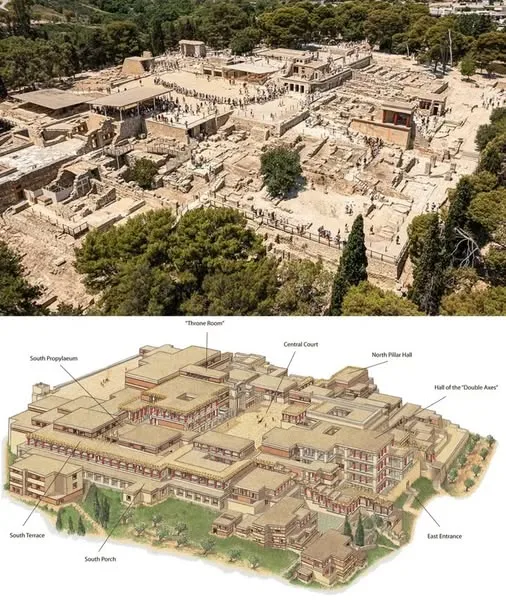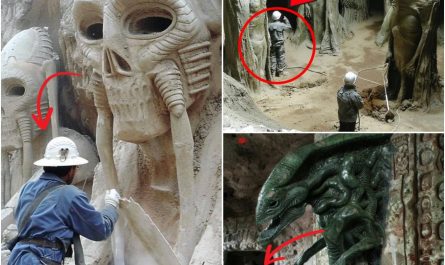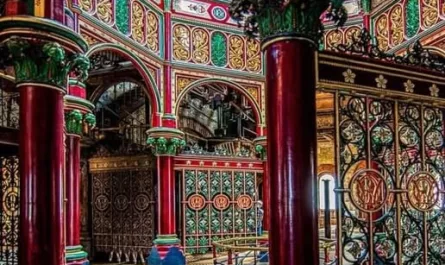Nestled on the island of Crete, the Palace of Minos, also known as the Palace of Knossos, stands as a testament to the brilliance of the Minoan civilization. Dating back to 1900–1350 BCE, this sprawling complex was far more than a royal residence—it was the beating heart of religious, administrative, and cultural life for one of the ancient world’s most advanced societies. Today, its ruins offer a captivating glimpse into a world of vibrant art, intricate architecture, and enduring mystery.

A Glimpse of Knossos Today
Walking through the ruins of Knossos today, visitors are struck by the sheer scale and sophistication of the site. Partially reconstructed by archaeologist Sir Arthur Evans in the early 20th century, the palace features a labyrinthine layout with multi-story buildings, open courtyards, and an advanced drainage system that speaks to Minoan ingenuity. Iconic elements like the tapered red columns, the ornate Throne Room, and remnants of vivid frescoes draw thousands of visitors each year. However, some of Evans’ reconstructions spark debate among scholars for their interpretive choices, adding a layer of intrigue to the site’s modern story.
Knossos in Its Prime
In its heyday, the Palace of Minos was a vibrant hub of activity. Imagine bustling corridors adorned with stunning frescoes depicting bull-leaping, marine life, and religious rituals—artwork that reflects a culture deeply connected to nature and symbolism. As a royal residence, it housed Crete’s elite, while its vast storage magazines held goods like olive oil, wine, and grain, underscoring its role as an economic powerhouse. The palace also served as a religious center, with sacred spaces for ceremonies, and an administrative hub, managing the Minoan network across Crete.
The complex’s intricate design, with its maze-like corridors, may have inspired the myth of the Minotaur and the Labyrinth, a tale that continues to captivate imaginations. Knossos was not just a building but a living symbol of Minoan sophistication, blending art, function, and spirituality.
Why Knossos Matters
The Palace of Minos offers more than a historical snapshot—it invites us to explore the achievements of a civilization that laid foundations for Western culture. Its advanced architecture, artistic mastery, and complex society challenge outdated notions of the ancient world as primitive. Whether you’re drawn to its archaeological significance, its mythological ties, or its breathtaking beauty, Knossos is a must-see for anyone curious about humanity’s past.
Have you visited Knossos or dreamed of exploring its ruins? Share your thoughts below, or let us know what other ancient wonders you’d love to discover!





